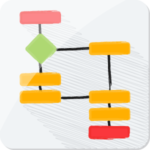
Process diagram
A process diagram is a graphical depiction of processes. It describes the temporal and logical order of single process steps and their links. This kind of depiction is often used in enterprises.
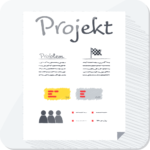
Project Charter
The project charter serves to concisely describe a project and to distance itself from other purposes.

PUGH array
The PUGH array is a selection procedure of alternative solutions for an ascertained problem. By means of selected and prioritised criteria, several alternative solutions can be compared with each other in order to identify the best one.
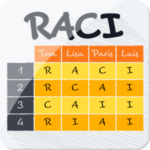
RACI
RACI is a technique that helps with the analysis and depiction of responsibilities. The name is an acronym of the English terms Responsible, Accountable, Consulted, and Informed.
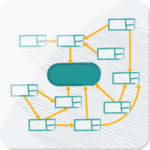
Relation diagram
The relational diagram is a tool for visualising as well as analysing the interdependencies between causes and effects of a problem.
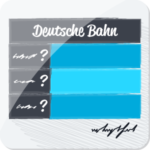
Response plan
The reaction plan is a tool created to react effectively to changes of process results. In the form of a table, it ensures that the people responsible react in a quick and primarily appropriate manner to changes with the right measures at the right time. This guarantees the correct fulfillment of customer needs.

Risk disclosure statement
The risk disclosure statement systematically rates risks according to probability of occurrence and estimated consequences. The method aims at getting a clear picture of potential problems and possible consequences at an early stage of a project in order to act timely and adequately against them.

Scatter plot
The scatter plot is a graphical depiction of the coherence of two characteristics. The characteristics are measured and entered as pairs of values.
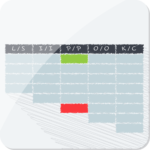
SIPOC
The process that is to be improved is visualised in a compact shape of roundabout five to seven steps. This leads to a unique perception within the team regarding the total scope of the process being examined. The project range is limited by clear and traceable definitions of the procedural steps and the interfaces towards suppliers and clients.

Sounding-Board
In change management, the sounding board serves as a regular critical feedback tool given by employees concerned by the change project. Decision makers gain new insights about their project and identify challenges and problems early enough to intervene adequately.
